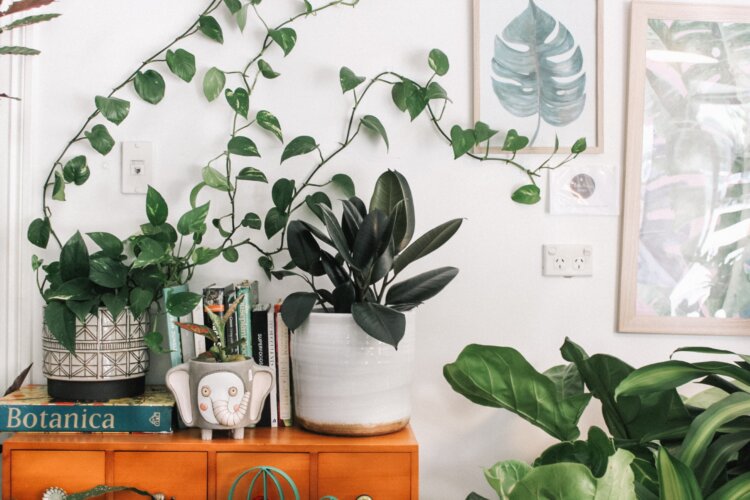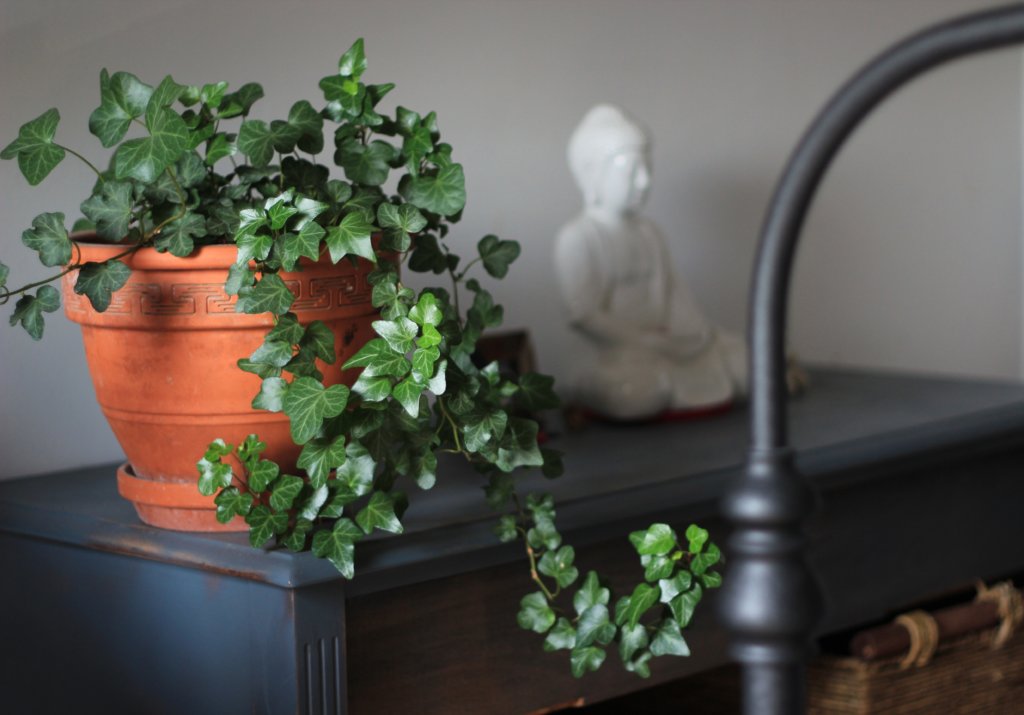
Not only do houseplants add a pop of green décor to your home, but they’re great for your health: Indoor greenery can lower blood pressure and certain varieties can purify and humidify the air. Plus, the leafy greens are believed to boost mental health.
September 17 marks the beginning of Indoor Plant Week, so we’ve gathered some tips, tricks and tools to start your own household garden. Don’t worry if you don’t have a green thumb—managing houseplants is easier than you might think.
Pick the best plant
First do your research. Are you forgetful? You might want to look into succulents or cacti, which don’t require frequent watering. Do you like a challenge? Look toward orchids, zebra plants, and other options that take more care and maintenance. If you find yourself somewhere in the middle, the best options are Pothos, English Ivy and Dieffenbachia. (Check out this list from Today.com of the 10 easiest plants to grow indoors.)
Choose the perfect pot
Look, I get it: You see a cute pot at Ikea. There are no holes at the bottom, but you buy and use it anyway. And despite your best attempts at not overwatering, the plant withers up and dies. (This may or may not have happened to me more than once.) The roots of your household plant need to breathe—when you pick a pot without drainage, it doesn’t allow them time and space to breathe. So repeat after me: Buy a pot with holes in the bottom. One like this works perfectly. Or you could also purchase one that’s “self-watering” with a reservoir, like this.
RELATED: 5 types of houseplants for various parts of your home
Select a prime area
Not all houseplants need direct sunlight—and it’s possible for them to survive in an inner room of the house, but a little bit of sunlight will help it thrive. Try to find a spot that’s near a window, and do your research about each specific plant’s light needs.

Water right
The good news is almost all plants take well to room temperature tap water, so don’t stress about filtering or purchasing special spring water. Your potting soil should remain moist, but not overwatered. If the potting soil pulls away from the edges of the pot, that means your little green guy needs water. But you also don’t want to overwater; about every 3-4 days should be right for most plants. If you purchase a pot with a saucer at the bottom, you can pour water into that and the roots will soak up water as it needs it.
Up your plant game
Once you’ve mastered keeping plants alive, you’re ready for the big leagues: Try watering with brewed tea in lieu of water on occasion to balance pH on acid-loving plants like ferns. Wipe down leaves with mayonnaise for an added shine. Implement a flowering schedule. There are all kinds of ways you can become more masterful at growing greens in your home; just take your time, do your research and you’ll have a home full of green before you know it.


Grok Nation Comment Policy
We welcome thoughtful, grokky comments—keep your negativity and spam to yourself. Please read our Comment Policy before commenting.